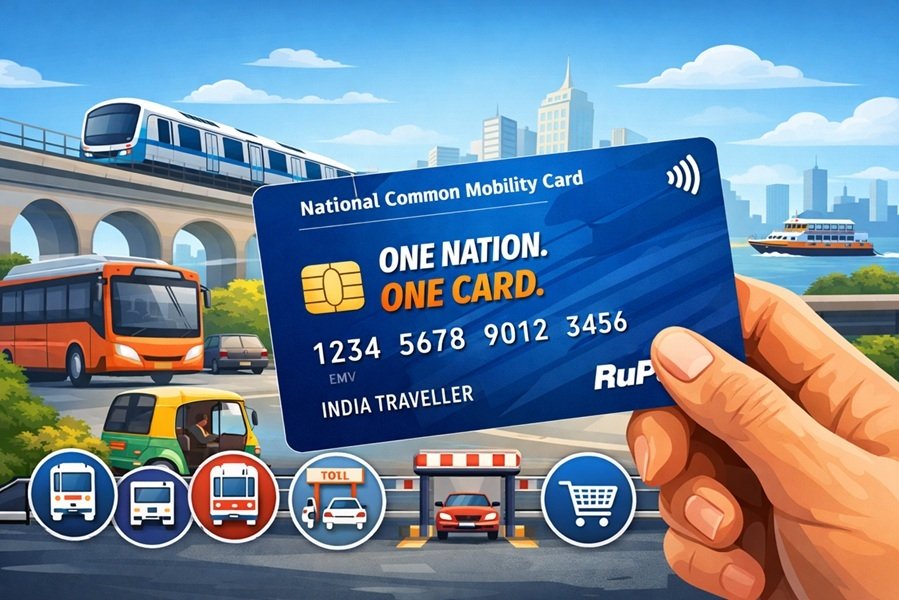
Cheques have been a cornerstone of financial transactions for centuries, serving as a secure and convenient way to transfer money. Though digital payments are increasingly popular, cheques remain relevant in many scenarios. In this article, we will explore what a cheque is, its components, the various types of cheques, and related concepts.
What is a Cheque?
A cheque is a written, dated, and signed instrument that directs a bank to pay a specific amount of money from the account of the drawer (the person issuing the cheque) to the payee (the person receiving the payment). Cheques are a widely used negotiable instrument governed by the Negotiable Instruments Act, 1881 in India.
Components of a Cheque
- Drawer: The person or entity issuing the cheque.
- Drawee: The bank responsible for honoring the cheque.
- Payee: The person or entity to whom the payment is to be made.
- Date: Indicates when the cheque is issued or when it can be encashed.
- Amount: The sum of money to be paid, written in words and numerals.
- Signature: The drawer’s authorization for the bank to process the cheque.
- Cheque Number: A unique identification number for tracking.
- MICR Code: Magnetic Ink Character Recognition code for automated processing.
Types of Cheques
Cheques come in various types, each designed for specific purposes. Understanding these types is crucial for both issuers and recipients.
1. Bearer Cheque
- Definition: A cheque made payable to the bearer, meaning anyone in possession of the cheque can encash it.
- Use: Commonly used for cash withdrawals or simple transactions.
- Risk: High risk of misuse if lost or stolen, as no identification is required.
2. Order Cheque
- Definition: A cheque made payable to a specific individual or entity, whose name is written on the cheque.
- Use: Provides greater security as only the named payee can encash it.
- Feature: Requires the payee’s endorsement and identification.
3. Crossed Cheque
- Definition: A cheque with two parallel lines drawn across its face, indicating it can only be deposited into a bank account and not encashed over the counter.
- Use: Ensures a secure transfer of funds.
- Feature: Commonly used for business transactions and large payments.
4. Post-Dated Cheque (PDC)
- Definition: A cheque issued with a future date, making it encashable only after that date.
- Use: Used in installments, loan repayments, or scheduled payments.
- Feature: Cannot be processed before the mentioned date.
5. Stale Cheque
- Definition: A cheque that is presented for payment after the validity period, usually six months from the date of issue.
- Use: Considered invalid; needs to be reissued.
6. Blank Cheque
- Definition: A cheque signed by the drawer but with no amount or payee’s name filled in.
- Use: Often used in emergencies but carries high risks.
7. Traveller’s Cheque
- Definition: A pre-printed, fixed-amount cheque used while traveling, often in foreign countries.
- Use: Provides a secure way to carry money.
- Feature: Can be replaced if lost or stolen.
8. Self Cheque
- Definition: A cheque where the word “Self” is written in the payee’s name field, allowing the drawer to withdraw money for themselves.
- Use: Used for personal cash withdrawals.
- Feature: Can only be encashed by the drawer.
9. Banker’s Cheque
- Definition: A cheque issued by a bank, guaranteeing payment as it is drawn on the bank’s own funds.
- Use: Used for transactions requiring guaranteed funds, such as property purchases.
- Feature: Cannot be dishonored due to insufficient funds.
10. Cancelled Cheque
- Definition: A cheque that has been crossed and the word “Cancelled” is written across it.
- Use: Often required for KYC (Know Your Customer) processes and direct deposit setups.
- Feature: Cannot be used for payment.
Advantages of Using Cheques
- Convenience: Easy to carry and use.
- Security: Crossed and account-payee cheques reduce risks of misuse.
- Record-Keeping: Provides a written record of payments.
- Flexibility: Allows scheduled payments via post-dated cheques.
Limitations of Cheques
- Risk of Dishonor: Cheques may bounce due to insufficient funds, incorrect signatures, or overwriting.
- Processing Time: Requires time for clearance, especially for outstation cheques.
- Fraud Risk: Possibility of forgery or theft.
- Not Universally Accepted: Digital payments are often preferred for small or instant transactions.
Legal and Regulatory Aspects
- Cheque Bounce: A dishonored cheque can lead to legal consequences under Section 138 of the Negotiable Instruments Act, 1881.
- Validity Period: Cheques are valid for six months from the date of issue.
- Stop Payment: The drawer can instruct the bank to stop payment on a cheque if it is lost or issued in error.
- MICR Technology: Ensures faster and error-free processing of cheques.
Alternatives to Cheques
- Electronic Fund Transfers (EFT): NEFT, RTGS, and IMPS enable instant fund transfers.
- Digital Wallets: Apps like Paytm and Google Pay offer quick payments.
- Debit and Credit Cards: Widely accepted and convenient.
- UPI (Unified Payments Interface): Seamless, real-time money transfers.
Conclusion
Cheques remain a vital financial instrument, offering versatility and security for various transactions. While their usage has declined with the advent of digital payments, understanding the different types of cheques and their features is essential for navigating traditional banking systems. Whether for personal use, business transactions, or international travel, cheques continue to play an important role in financial management.






